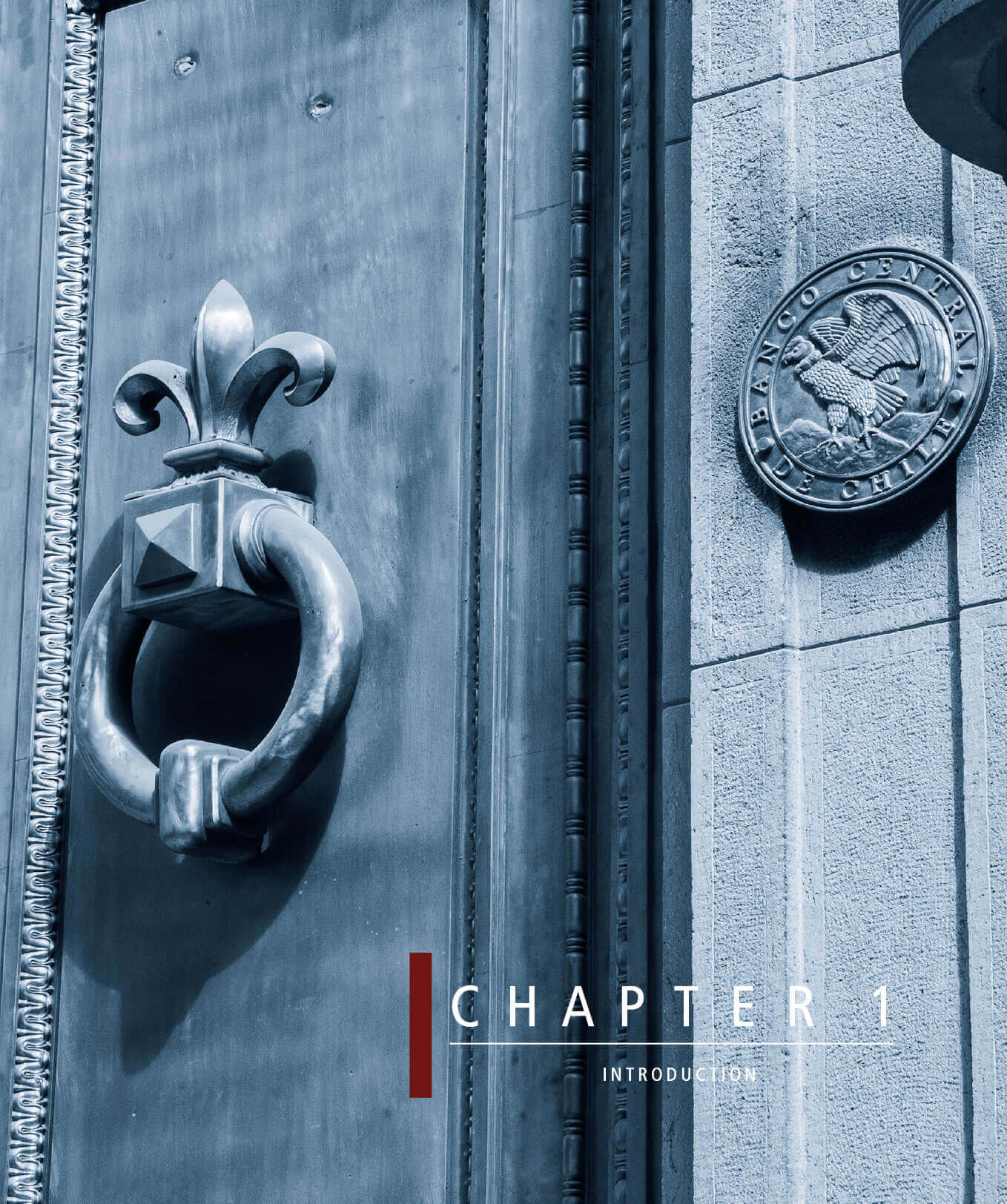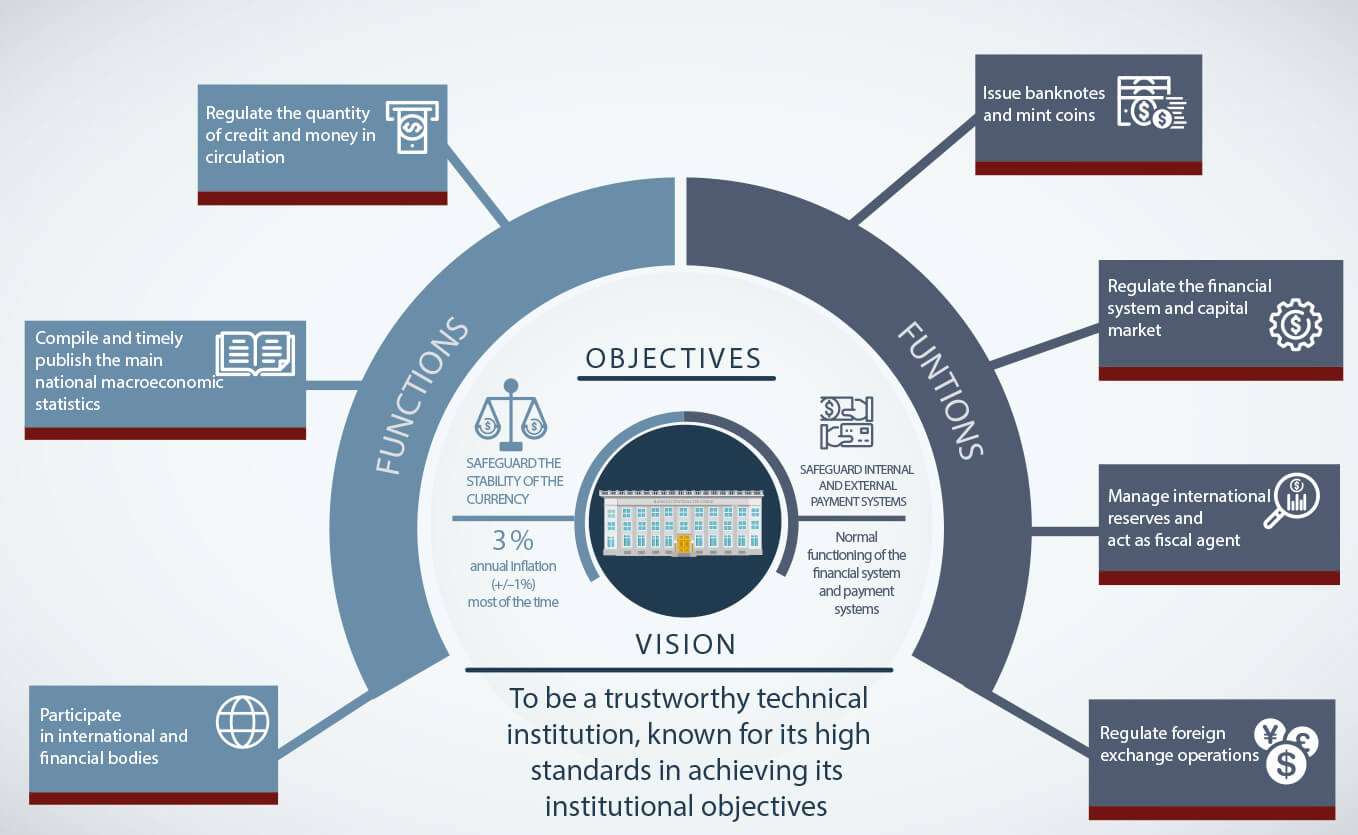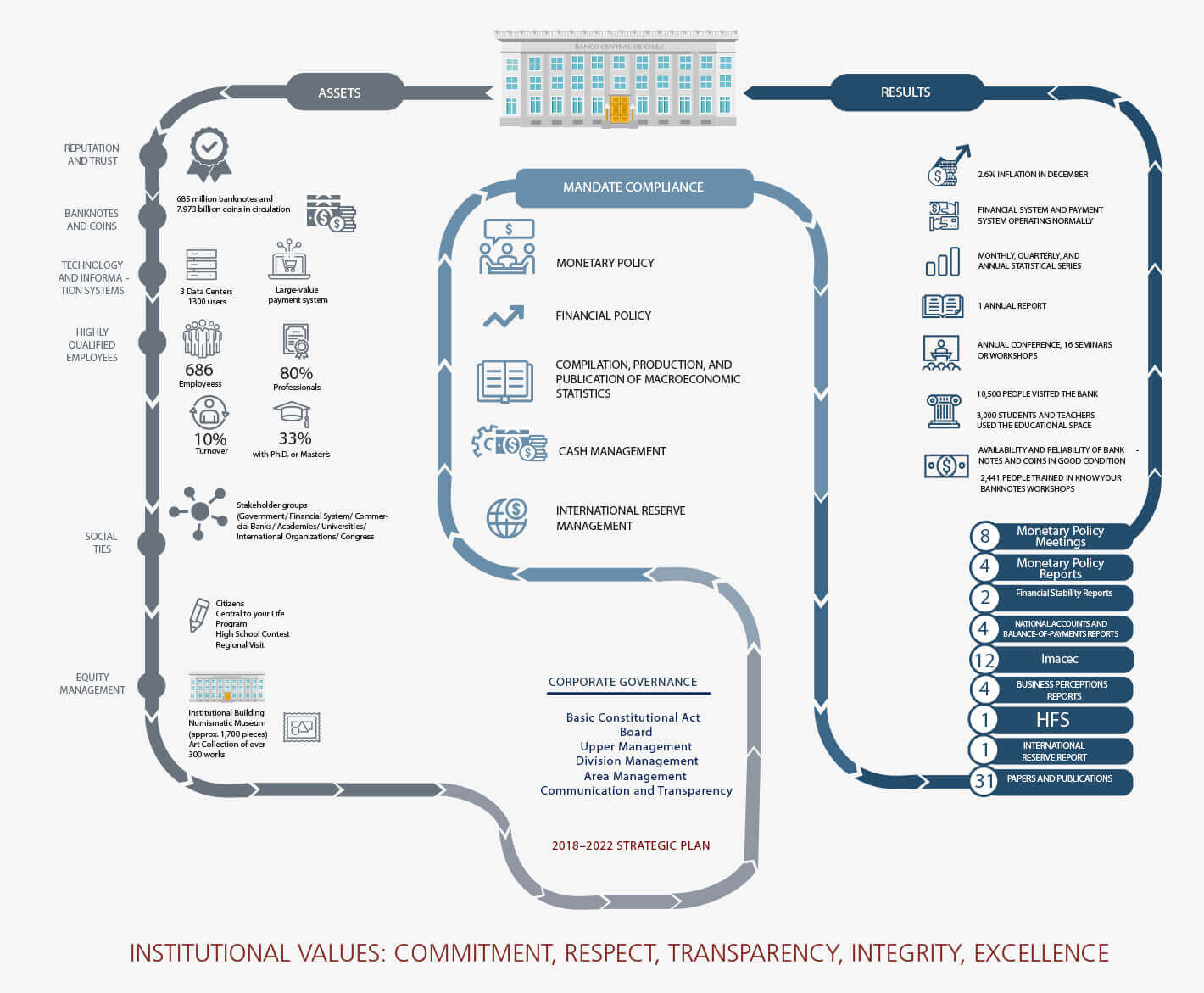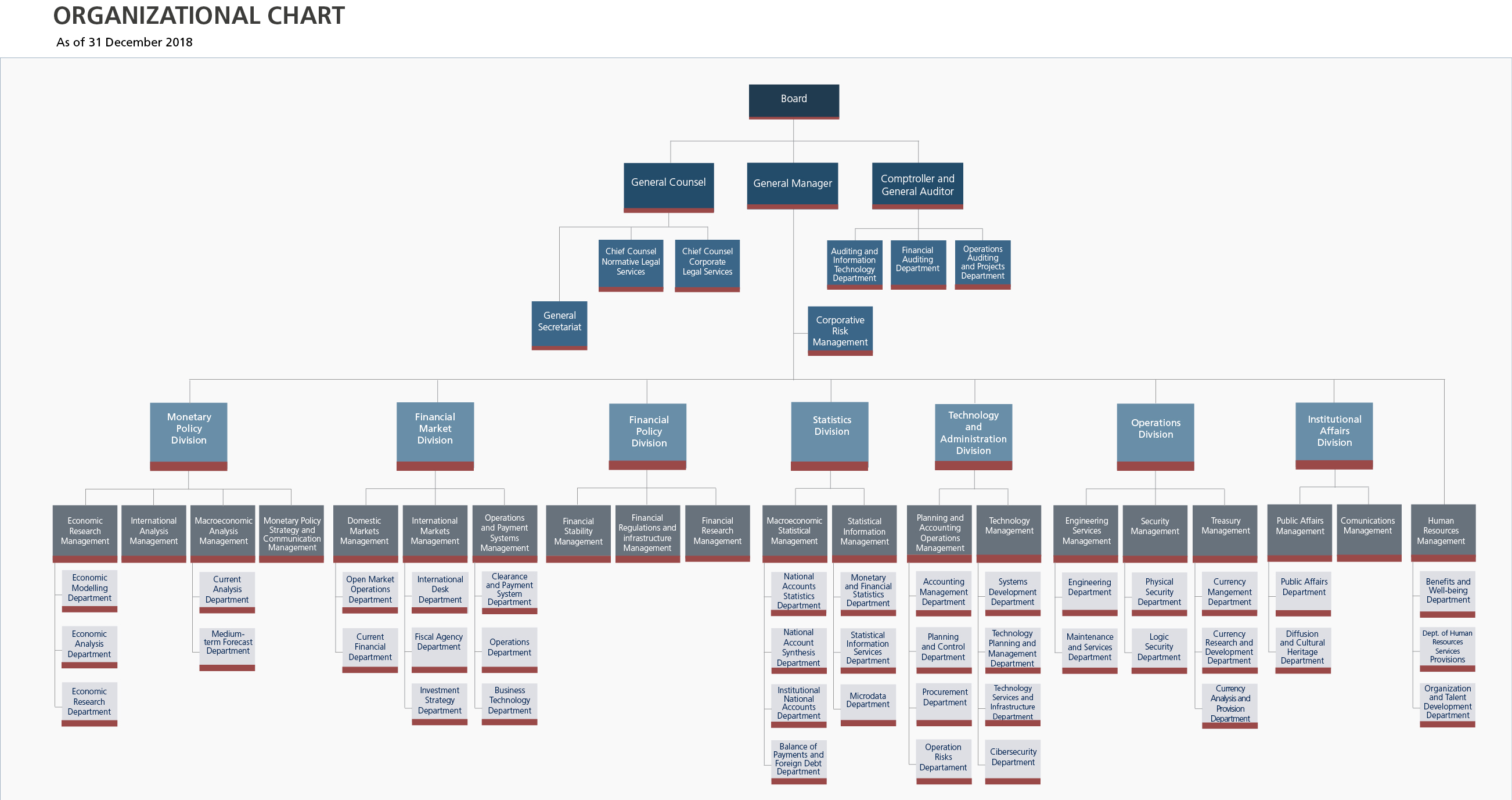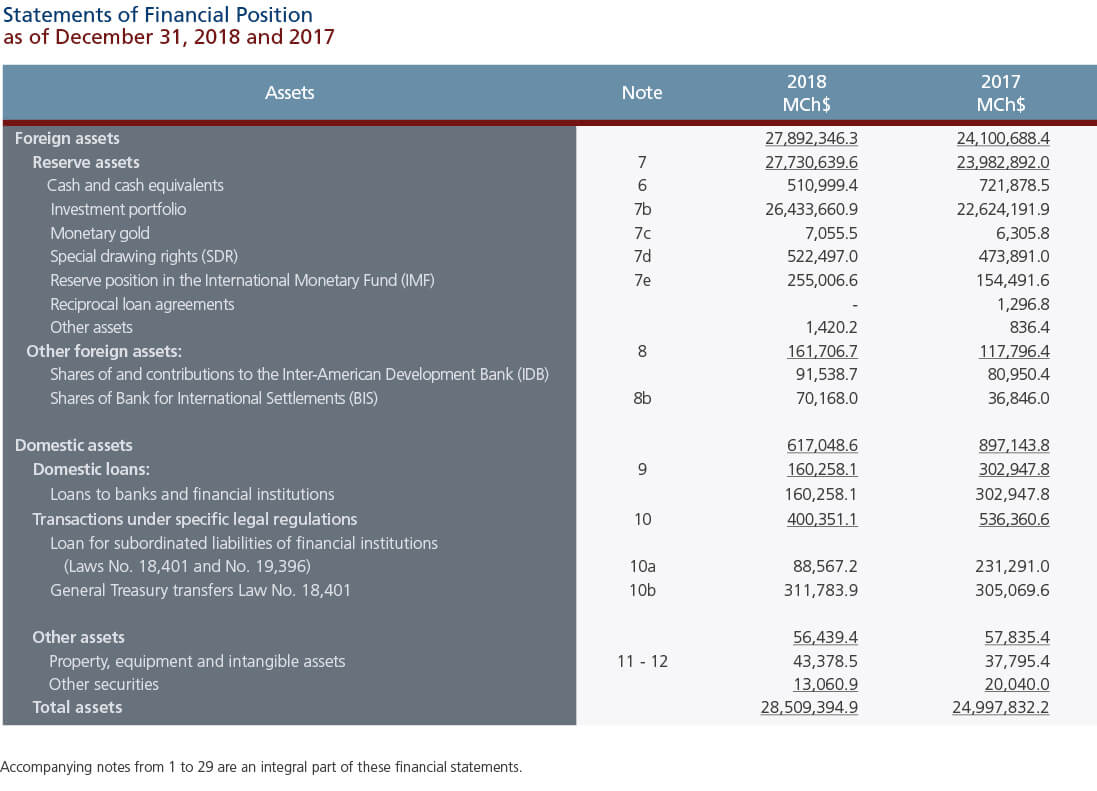Contact points for our stakeholders
The Central Bank’s communications are published over a range of different platforms, to support the diffusion of
specific content associated with reports, publications, statistics, and general information.
This approach has allowed the Bank to expand its audience beyond the traditional specialized fields, thereby improving
the quality of its information flows in an effort to facilitate understanding of its policy decisions and their effect
on economic processes.
To this end, the Bank manages the main corporate website, www.bcentral.cl, and four content-specific websites, namely:
- Financial Education program: www.centralentuvida.cl
- High school economics contest: www.economiamascerca.cl
- Numismatic Museum: www.museobancocentral.cl
- Banknotes and coins: www.billetesymonedas.cl
Additionally, the Central Bank manages the following social media accounts:
- Twitter: @bcentralchile; @ecomascerca; @centralentuvida
- YouTube channel: https://www.youtube.com/user/BancoCentralChile
- Flickr: https://www.flickr.com/photos/bancocentraldechile
- LinkedIn profile: https://cl.linkedin.com/company/central-bank-of-chile
The use of these digital platforms has strengthened the diffusion of general and specific contents, including material on the Bank’s purpose and objective, its decisions, and general information. It has also contributed to improving communication between the Bank and its different stakeholder groups, in an effort to reduce information asymmetries.



